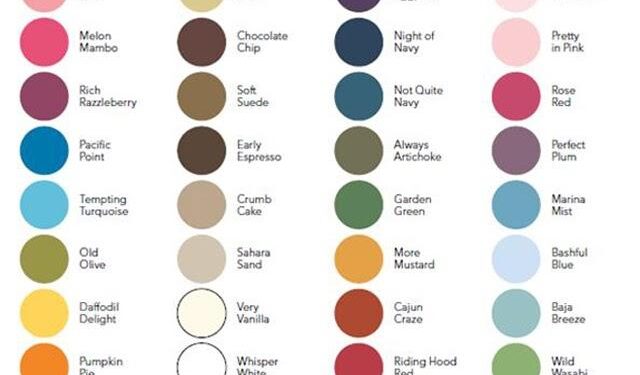Unveiling a New Color: A Scientific Breakthrough
A remarkable discovery has emerged from the scientific community, revealing a new color that has surprisingly been present all along. This exciting finding, highlighted in the latest edition of Popular Mechanics, challenges our conventional understanding of color perception and light’s spectrum. The research stemmed from an innovative investigation into the chemical properties of common materials, indicating that this vibrant hue was overlooked due to human visual limitations and traditional methods of categorizing colors. As scientists explore the implications of this revelation further, its potential effects on environmental awareness and artistic expression could significantly enhance our appreciation for the myriad colors surrounding us. This article delves into the intricacies of this discovery, its scientific foundation, and its implications for both art and science.
Understanding the Science Behind This Newly Discovered Color
The unveiling of this hidden color has sparked an intriguing conversation about light’s complexities and how we perceive it. Researchers have long recognized that color is not an intrinsic quality but rather arises from interactions between light and objects. Utilizing advanced spectroscopic methods alongside high-resolution imaging techniques allowed scientists to identify wavelengths previously ignored despite their omnipresence in our environment. By meticulously analyzing molecular structures under specific conditions, they were able to reveal wavelengths once deemed trivial.
This groundbreaking achievement not only supports existing optical theories but also hints at numerous undiscovered colors waiting just beyond our current perception.
- Quantum Physics: Insights into light behavior at quantum levels have uncovered hidden attributes within known pigments.
- Advanced Imaging Technologies: Cutting-edge tools like hyperspectral imaging enable researchers to detect wavelengths invisible to human eyes.
- Interdisciplinary Collaboration: Joint efforts among chemists, physicists, and artists provide a richer understanding of color dynamics.
A comprehensive analysis was conducted by researchers compiling data on various colors’ characteristics alongside this newly identified hue. The table below compares it with other established colors based on their light wavelength and visual traits:
| Color Name | Wavelength (nm) | Description | |
|---|---|---|---|
| Purple | 380 – 450 nm | Sootheful; gentle ambiance | |
| The Newly Unveiled Hue | No Defined Wavelength | Mysterious; strikingly vivid | |
| Cyan | 495 – 520 nm | Refreshing; cool sensation |
This revelation raises profound questions regarding human vision limits while igniting curiosity for future explorations across both scientific inquiry and artistic endeavors—suggesting a colorful universe yet to be fully comprehended.
Effects of This New Color on Art & Design Sectors
The introduction of this previously concealed color has generated excitement throughout art and design sectors as creators begin experimenting with its vibrant qualities to expand creative boundaries while expressing emotions in unprecedented ways.
Interior designers are rethinking spaces by incorporating this hue into their designs to evoke distinctive atmospheres.
Potential applications include:
- Differentiated branding opportunities for businesses aiming for unique product identities .
- Enhanced narrative visuals in graphic design & advertising .
- < strong >Architectural features that transform spatial experiences .< br />
The influence extends beyond mere aesthetics; it also holds psychological significance concerning well-being . Advocates for chromotherapy are particularly interested in how it may affect mood states or cognitive functions , prompting some researchers towards studies exploring emotional correlations linked with this shade .
A preliminary overview comparing various hues against their psychological impacts includes :
| Color Name | Psychological Impact |
|---|---|






























